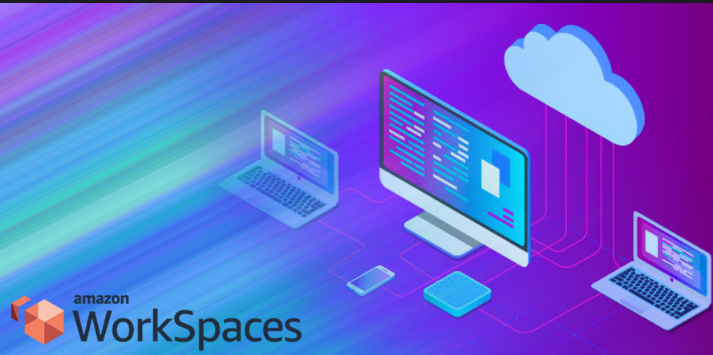Amazon WorkSpaces: The Birth of Desktop-as-a-Service

Desktop-as-a-Service: rent a Windows desktop from AWS, get VPN-free remote work, no hardware to manage, pay per user per month.
The Old Way vs. The New Way
Traditional enterprise desktops:
- Buy 10,000 PCs at $1,200 each = $12M upfront
- IT staff spends 60% of time maintaining them (disk space, updates, broken screens)
- Employee leaves? Reimage the machine, ship it to next employee
- Someone’s laptop gets stolen in the airport—full data breach
- Employee works remote? Jittery VPN connection, laggy screen sharing, password resets
WorkSpaces:
- Employee gets a desktop in the cloud
- Connects via PCoIP (Teradici’s remote display protocol)
- IT provisioning time: ~5 minutes (vs. 3 days for physical hardware)
- Employee leaves? Terminate the workspace in 1 click
- Stolen laptop? Nothing on it; data stays in the cloud
What We Built
Two hardware SKUs:
- Graphics Bundle: Dual-core, 2GB RAM (office work: email, Word, Slack)
- Standard Bundle: Quad-core, 4GB RAM (dev, design, heavier apps)
Connected via PCoIP (Teradici’s proprietary remote desktop protocol—way better compression than RDP). Each workspace lived as an EC2 instance in the customer’s own VPC, synced with their Active Directory.
The Challenges
We launched limited preview because we knew we’d shipped 20% of a complete product:
- Printing didn’t work (corporate users need printers)
- GPU apps failed (no GPU in the bundle options)
- Network latency sucked for high-latency connections (PCoIP was optimized for <20ms RTT)
- Application quirks (some Windows apps misbehaved over remote display)
- Compliance missing (HIPAA, PCI-DSS frameworks not yet built)
But the core idea was proven: you can rent a desktop from AWS.
Market Reaction
Enterprise IT was polarized:
- The believers: “We can fire half our hardware team and provision desktops in minutes.”
- The skeptics: “Desktops over the internet? Latency nightmare. And what about compliance?”
Pilots landed with healthcare, finance, and remote-heavy startups. Average deployment: 50–500 workspaces per pilot customer.
The Insight
By 2013, AWS had proven you could rent compute, storage, databases. WorkSpaces proved you could rent human-facing infrastructure. The cloud wasn’t just for servers—it was for everything.
This planted a seed: WorkSpaces, WorkDocs (cloud storage for teams), and AppStream (stream any Windows app) eventually became a coherent strategy. Enterprises didn’t just move their servers to AWS; they moved their entire end-user infrastructure.
Later, when COVID hit in 2020, every enterprise that had kicked WorkSpaces tires suddenly needed it urgently. We shipped more workspaces in Q1 2020 than in the previous 5 years combined.